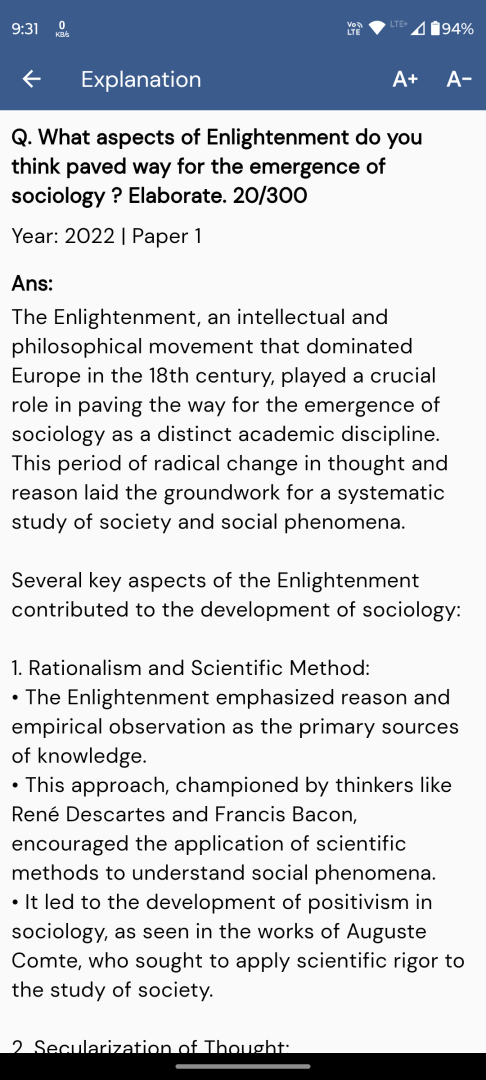Q. Do you think that law has been able to abolish child labour in India? Comment.
UPSC Sociology 2025 Paper 2
Model Answer:
While law has been instrumental in combating child labour, it has failed to abolish the practice due to deep-rooted socio-economic factors and implementation gaps.
Legal Framework and Limited Success
India’s legal architecture includes:
– Constitutional provisions: Article 24 prohibits hazardous employment; Article 21A ensures free education (6-14 years)
– Child Labour (Prohibition and Regulation) Amendment Act, 2016: Bans employment below 14 years, except in family enterprises
– Right to Education Act, 2009: Created positive obligation for universal schooling
These measures reduced formal sector child labour and increased school enrollment, yet 10.1 million children remain engaged in work (Census 2011).
Factors Behind Persistent Child Labour
Socio-Economic Compulsions:
– Poverty makes children’s income essential for family survival
– Structural inequalities perpetuate exploitation among marginalized communities
Implementation Deficits:
– Weak enforcement machinery, understaffed and often corrupt
– Vast informal sector (93% of workforce) escapes regulation
– CLPRAA’s “family enterprise” exemption legitimizes exploitation in agriculture, beedi-rolling, handicrafts
Cultural Normalization:
– Myron Weiner noted societal ambivalence toward child work
– Traditional occupations normalize children “learning family trade”
– Gender bias keeps girls engaged in domestic work
Conclusion: Law alone cannot transform entrenched socio-economic realities. Abolishing child labour requires comprehensive approach combining stringent enforcement with poverty alleviation, quality education, and fundamental shifts in societal norms.





